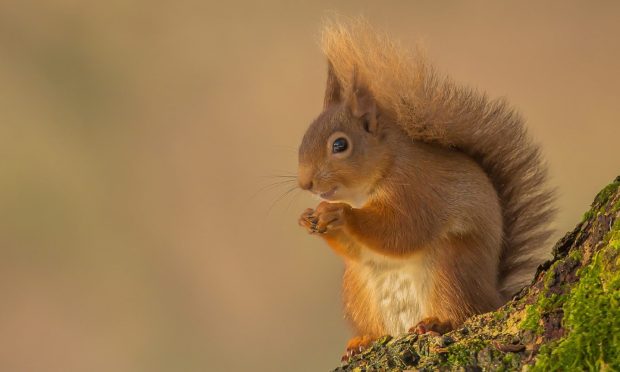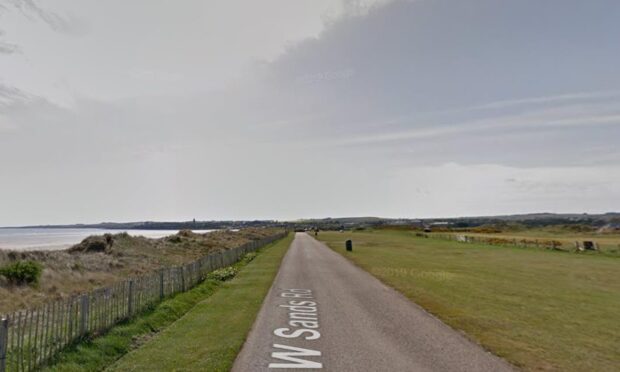The first identified death of a red squirrel from squirrelpox north of the central belt has been confirmed outside of Dunfermline.
The case was confirmed by a postmortem at the University of Edinburgh’s Royal (Dick) School of Veterinary Studies.
The squirrel was discovered by a member of the public while walking in woodland to the north of Dunfermline.
The creature had ulcers and scabs around both its eyes and mouth.
It was confirmed they had the pox virus.
People living in the region are being urged to remain vigilant.
Liam Wilson, from the Royal (Dick) School of Veterinary Studies said: “This is a worrying development for red squirrels in Scotland.
“This case north of the central belt may be the prelude to squirrelpox expansion both locally and further northward, although more investigative work is required to fully assess this risk.
“This case also highlights the key role members of the public have in wildlife conservation, as this case was detected from the submission of a dead red squirrel by a member of the public.
“If any members of the public come across further dead red squirrels in and around Dunfermline, these can be posted to us for examination using these detailed guidelines.”
What is squirrelpox?
Squirrelpox is caused by grey squirrels. It does not affect them but can be lethal if passed to red squirrels.
Symptoms include ulcers, scabs and weeping lesions on the face, paws and genitalia.
All of these can prevent the squirrel from eating, drinking or moving.
As a result, it is usually fatal within two weeks and an outbreak can cause local populations to die out.
What can residents do to help?
The first known outbreak of the virus in Scotland occurred in 2007 near Lockerbie.
Nicole Still, Saving Scotland’s Red Squirrels (SSRS), programme manager at the Scottish Wildlife Trust, said: “We are extremely concerned.
“We are asking the local community in Dunfermline to take immediate action and protect red squirrels.”
This can be done by taking in all garden and woodland wildlife feeders for the next month, as these can contribute to the spread of the disease from greys to reds and between reds once infected.
She added: “We are also asking for everybody to keep a close eye out for, and take photos of, any sick-looking red squirrels and email these into us, as well as report all sightings of both species to our website to inform local efforts.”










Conversation